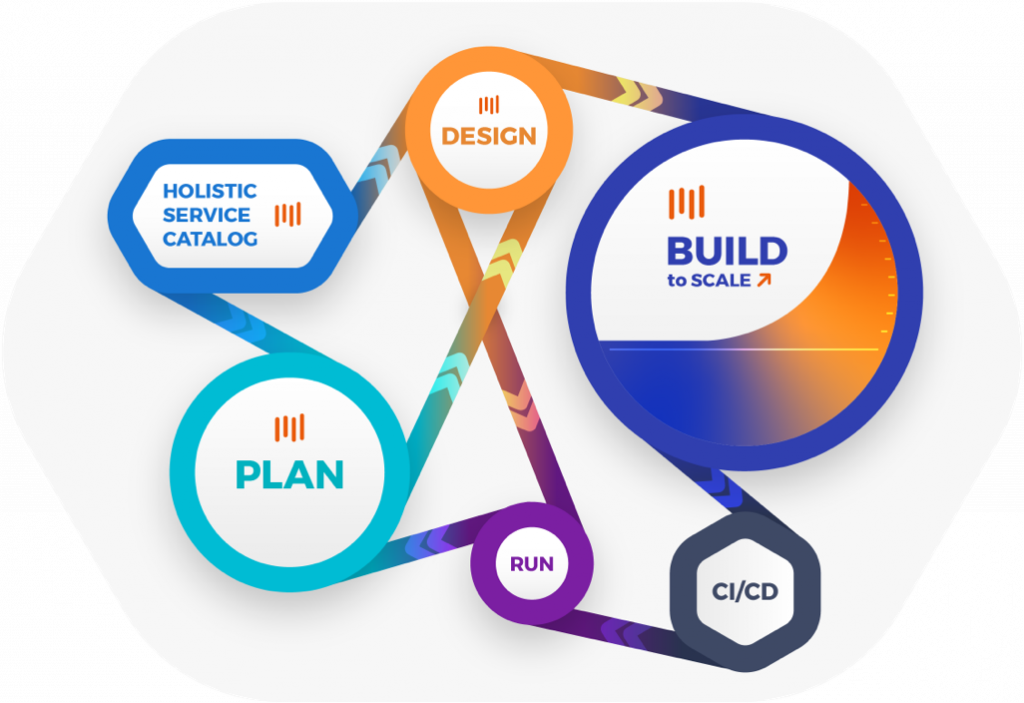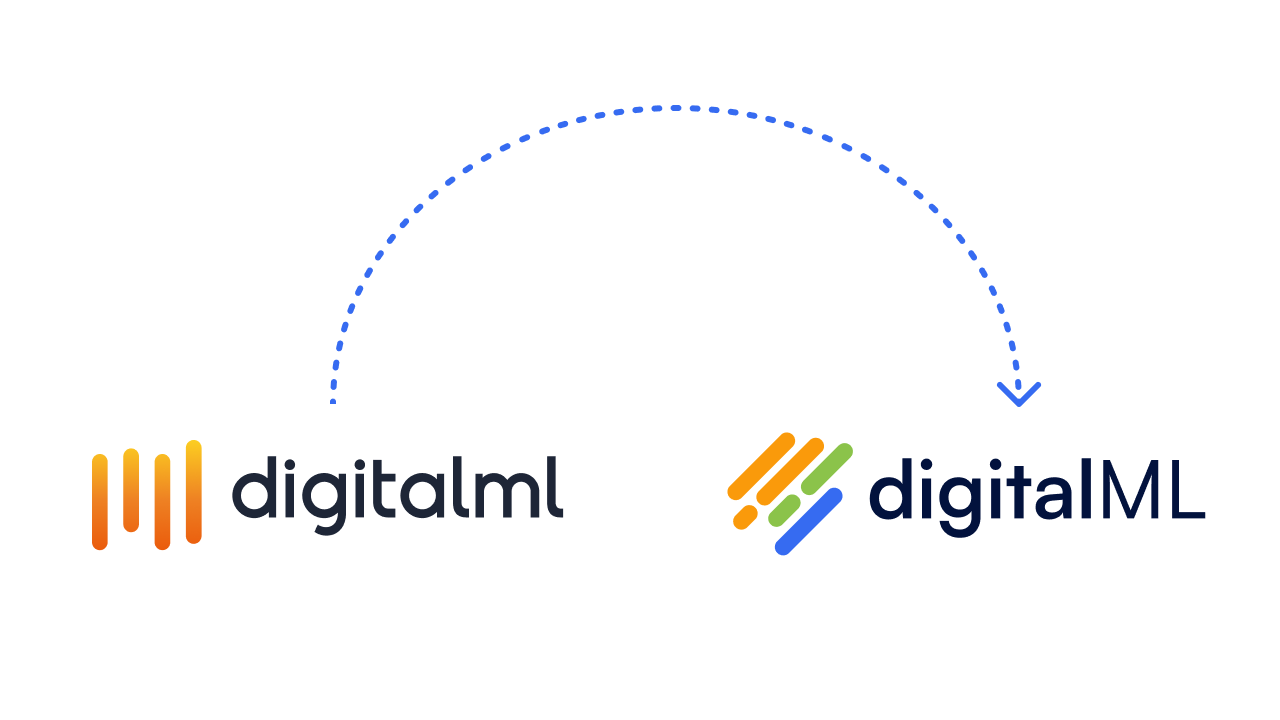In this post, we discuss why supplementing your existing API Management Platform with a solution that focuses on the catalog and plan, design, build stages of the API lifecycle is key to digital success as a large enterprise. This is because it delivers 3 key benefits for digital resiliency:
- API discovery and reuse
- Digital flexibility and responsiveness
- Delivery of API First principles
API Architecture in Large Enterprises – the Next Step
It is now widely understood that APIs are a key part of delivering digital quickly within large enterprises. They encapsulate business and technical functionality in a lightweight and flexible way, and if done right, enable everyone within your organization to use APIs as digital building blocks.
Most enterprises already have a runtime for their APIs– or more likely multiple runtimes across different lines of business. Normally, API management platforms form this part of API architecture.
Enterprises are now pushing to scale the number and types of APIs (beyond a handful of external or open APIs). Moreover, you’re trying to do this in line with API First principles, where:
- APIs are treated as first-class citizens within your organization
- API design and development is business-led
- APIs form digital business building blocks that drive re-use
In reality, and as you may already be aware, digital solutions leverage a mix of APIs, legacy Services, and Events – and success with a complex digital landscape comes with a new set of challenges.
Are API Management Platforms the Best System of Record (SOR) for your APIs?
There’s no doubt API management solutions are great for your runtime (i.e. running and monitoring your APIs once they’re deployed). However, more and more enterprises are finding that they’re not the best solution for driving 4 key factors of digital resiliency:
- Discovery – most API management platforms include a developer portal component which are designed to support API subscription. But this is only for external/open APIs with great hand-crafted documentation. Large enterprises require a single system of record that includes legacy Services and Event streams as well as APIs
- Re-use – with no single source of truth and API details and metadata held in implementation-specific code, duplication is rife and so reuse is hard to enable
- Flexibility – with an ever-changing digital landscape and architectural styles, IT modernization efforts prefer multi-vendor approaches to avoid vendor lock-in (including API management vendor lock-in)
- Quality/Consistency – Consumer experience is key. Most API management offerings do not have robust functionality for the plan, design, build aspect of the lifecycle, and no way to ensure APIs are high quality and consistent.
To deliver on these 4 factors, we recommend you look to separate the catalog and design/development aspects of your API management strategy away from API management platforms. But the key is to compliment what you already have.
3 Benefits of complimenting existing API Management set-ups with an upstream solution
Winners of API First and digital are using a separate enterprise solution that focuses upstream of API management platforms and runtimes to deliver these benefits:
Benefit 1: API Discovery and Reuse
- A dedicated catalog should be able to be understood by more roles in your enterprise (+ partner ecosystems!) than a handful of skilled developers. This includes product managers, support staff, and business and technical leaders. This requires a rich set of metadata for each API as well as abstraction from particular coding standards e.g. Open API – your system of record is no longer the API code, and you can easily create a single source of truth.
- As the volume of APIs grows dramatically, classification, versioning, lifecycle status and lineage can be easily discoverable as it’s all held in one place.
- Reuse of API building blocks becomes easy which, in turn, reduces duplication and technical debt, as well as improving project velocity.
Benefit 2: Flexibility and Responsiveness
- Properly catalogued APIs, Services and Events logically separate the business capability of the API from the implementation code. Business capabilities tend to change far less frequently than code.
- For example, a service that provides account information has a set of functions which may be delivered one day by a SOAP service, be updated to a rest API, and then migrated to an Event. The functionality remains the same but the physical implementation changes.
- All large enterprises need to compete as software developers to gain competitive advantage. Modern software development requires API building blocks that can be quickly combined together and evolved. A separate catalog upstream of runtime is the way to provide this.
Benefit 3: Deliver API First – Consistency and Standardization of APIs and Digital Assets = Best-of-Breed Consumer Experience with Scaled Delivery
- As you scale your numbers of APIs, Services, Events, consistency is key. By this we mean consistency of:
- Coding
- Security and policies
- Data
- Governance rules
- A good catalog includes automation to ensure and enforce this consistency in a way that doesn’t slow down velocity of development and delivery.
- Your APIs, Services, Events are delivered in a standardized way, ensuring they’re high quality with a great consumer experience.
The ignite Platform Compliments and Integrates with Existing API Management Architecture (and Other Runtimes Too!)
The ignite Platform compliments your existing API management platform (and other runtime architecture e.g. ESBs, Events and Messages, Managed File Transfer). ignite offers a holistic catalog for APIs, Services (including legacy SOAP services), and Events with extended lifecycle management.
ignite supports:
- Discovery of APIs, Services, Events
- Governance, consistency and quality
- including alignment to data models and standards
- Re-use of approved APIs, Services, Events
- Collaboration and role enablement across the API lifecycle
- Accelerated API design and development
Most importantly, the system of record for your APIs and digital assets is not the code. ignite leverages abstraction to ensure you have an easily discoverable digital portfolio with rich metadata surrounding each API, Service and Event.
ignite seamlessly integrates with your upstream and downstream systems you already have in your digital architecture. This includes API management platforms, and provides you with one unified single source of truth.
Want to learn more about how ignite can complement your API management platform for digital leadership? Contact the digitalML experts here.






